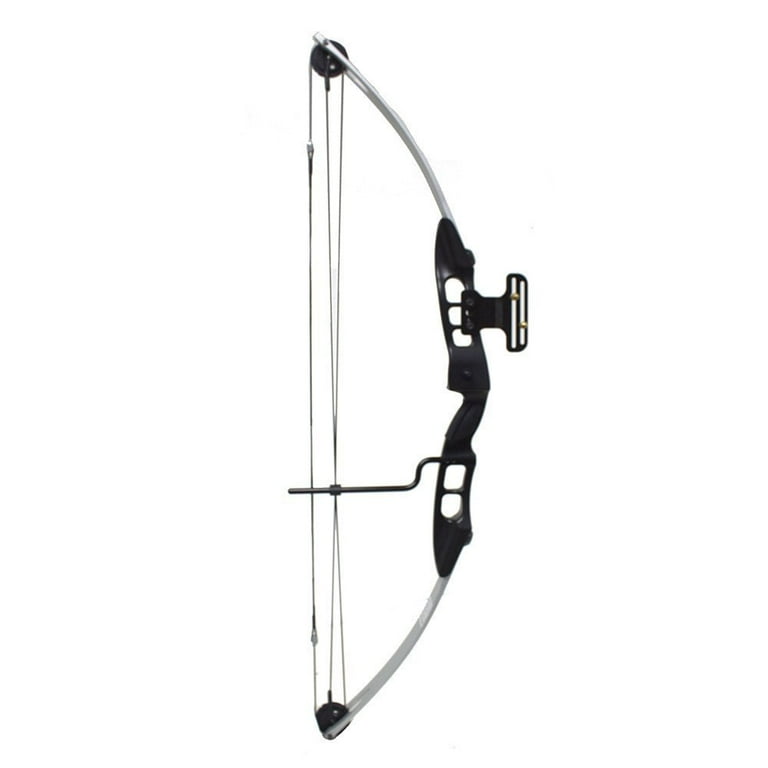Optimize Your Archery Accuracy With These Bow Stabilizer Techniques
One critical component that can dramatically influence your performance is the proper utilization of bow stabilizers. Whether you are a skilled archer looking to fine-tune your skills or a beginner eager to boost your precision, mastering these bow stabilizer techniques can be the trick to hitting your mark with unrivaled consistency.
Benefits of Making Use Of Bow Stabilizers
Making use of bow stabilizers can substantially improve an archer's precision and general efficiency by lessening bow torque and vibration. Additionally, bow stabilizers wet vibration, which not just improves the comfort of capturing yet likewise stops the bow from leaping upon release, therefore assisting in preserving appropriate aim.
In addition, bow stabilizers can assist in holding the bow constant, particularly during windy conditions or when firing from longer ranges. The added weight at the front of the bow supplies security and equilibrium, permitting the archer to focus on intending without the diversion of bow motion. In general, the benefits of utilizing bow stabilizers expand beyond simply precision, improving the archer's experience and efficiency in different shooting scenarios.
Selecting the Right Bow Stabilizer
Choosing the appropriate bow stabilizer is vital for maximizing your archery equipment and improving shooting efficiency. Much heavier stabilizers can help minimize bow torque and take in even more vibration, leading to a steadier aim.

Lastly, consider the layout of the stabilizer. Some stabilizers come with adjustable weights or dampeners that allow you to personalize the balance and feel of your bow. Eventually, picking the best bow stabilizer entails locating an equilibrium between weight, size, layout, and material to enhance your shooting accuracy and overall performance.
Correct Installation Methods
To ensure ideal efficiency and safety and security in archery, mastering proper setup methods for your bow stabilizer is important. The initial step in setting up a bow stabilizer is to identify the appropriate placement on your bow. A lot of stabilizers are affixed to the front of the riser, listed below the grasp, to aid counterbalance the weight of devices such as sights and quivers. Guarantee that the stabilizer is not conflicting with other components or preventing your shooting kind.
Next, firmly connect the stabilizer to the bow utilizing the suitable placing hardware. It is vital to tighten the stabilizer comfortably to stop any kind of tottering during shots. Some stabilizers include adjustable weights that can be added or removed to make improvements the equilibrium of your bow. Try out various weight arrangements to discover the optimum equilibrium that fits your capturing design.

Readjusting Stabilizer Weight and Length
After ensuring the appropriate installment of your bow stabilizer, the next action entails readjusting the weight and length to maximize its performance in enhancing archery accuracy. The weight of the stabilizer plays a critical role in reducing bow activity throughout the shot cycle. Adding weight to the stabilizer can help boost and dampen vibrations stability, causing more accurate and constant shots. On the other hand, minimizing the weight can boost ability to move, which is beneficial for situations requiring fast target acquisition.
A longer stabilizer can give better security by increasing the distance between the bow and the weight at the end of the stabilizer. Alternatively, a shorter stabilizer uses a lot more maneuverability and may be favored by archers that value agility and quick movements throughout shooting.
Advanced Stabilizer Tuning Tips
Accomplishing optimal bow security and accuracy in archery requires a nuanced method to innovative stabilizer tuning. Advanced stabilizer tuning includes fine-tuning various elements to boost the bow's equilibrium, reduce vibration, and improve general accuracy.
An additional critical facet This Site of innovative stabilizer tuning is maximizing the damping buildings of the stabilizer system. This can be achieved by integrating extra wetting devices such as rubber dampeners or harmonic stabilizers to better reduce vibration and noise. Additionally, checking out different materials for the stabilizer building, such as carbon fiber or aluminum, can additionally influence the bow's performance by altering its weight distribution and rigidity. By thoroughly adjust these innovative stabilizer aspects, archers can optimize their accuracy and consistency on the range or in competition.
Conclusion
In conclusion, optimizing archery precision click this link can be accomplished via the correct selection, installment, and modification of bow stabilizers. On the whole, incorporating bow stabilizers right into archery method can lead to better efficiency and boosted accuracy.
Making use of bow stabilizers can dramatically boost an archer's precision and general efficiency by lessening bow torque and resonance. Longer stabilizers provide greater stability and equilibrium, especially for long-distance shooting, while much shorter stabilizers offer more flexibility and are much easier to maneuver in limited rooms (bow stabilizer). Carbon fiber stabilizers are lightweight and sturdy, while aluminum stabilizers are robust and supply superb resonance wetting
A longer stabilizer can offer greater stability by boosting the range between the bow and the weight at the end of the stabilizer.Another important element of advanced stabilizer adjusting is optimizing the damping residential or commercial properties of the stabilizer system.
Comments on “Release Your Full Possible with the Latest Bow Stabilizer Innovations”